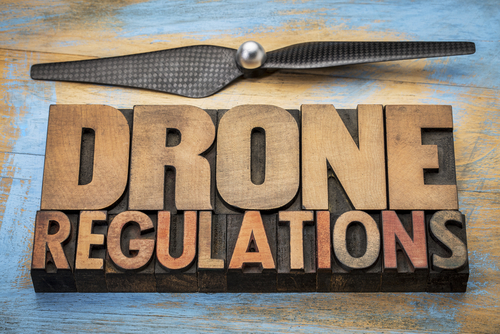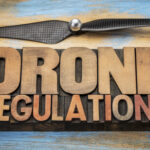Drones can be a lot of fun and they can also be extremely useful in so many areas of interest so before you fly make sure to read the drone regulations in the U.S. and or the country that you reside in.
Know your recreational drone laws before flying
With the popularity of drones surging recently, many new drone owners are eager to take their new purchase for a spin. However, before you do that, it is important to be aware of the specific laws that govern drones in your state or country of residence.
In the coming paragraphs, we will be discussing the laws pertaining to recreational drone use as it currently stands. With this knowledge in hand, you will know exactly what you can and cannot do with your drone when flying for recreation.
There are Federal Aviation Administration (FAA) rules and regulations that need to be followed should you want to fly a drone in the United States. In this article, we’ll go over some of these regulations so that you can fully understand what they involve.
Certification is needed for recreational drone flight
Most likely you probably just want to fly a drone as a hobby in which case you just need a TRUST (The Recreational UAS Safety Test) certification in order to fly a drone as a hobby. This test can be obtained, for free, by taking an online test that only takes 60 minutes to complete.
You can learn more about TRUST by visiting the official FAA website, which is found right here.
The TRUST test is required by the FAA to be provided for free. You should never pay someone for this service if they are trying to charge you.
After passing your TRUST test the American FAA has a list of requirements for all drones that intend to fly in US airspace, and registration is one of them. If your drone weighs more than 250g (and most do) then you will have to register for an FAA registration number. The process is fairly simple, but if you don’t register your drone then there are some significant consequences.
After registering your recreational drone from the FAA at this link here and once you have finished the registration process, your registration number will allow you to own and fly as many drones as you like for just one price, for a period of three years.
As mandated by the FAA you will just need to put your identification number on the drones exterior. Drones that weigh 249 grams or less do not need to be registered by the FAA.
Recreational drone flight rules
If you want to fly in controlled airspace above 400ft you will have to get a permit. Class G airspace is perfect for new pilots who want to learn without any worries of the responsibility of monitoring your altitude.
When flying recreational you are not allowed to receive financial compensation and it is very important to maintain direct line of sight and use a “visual observer” who is also in direct communication and located close to the person flying the drone.
In order to fly your drone at night, you are required to have lights on your drone and you must respect manned aircraft and not interfere with them.
In addition to these regulations, there are also other rules that restrict drone activity. One of these rules is the prohibition of flying drones under the influence of drugs or alcohol. Flying over crowds and interfering with emergency crews is also prohibited.
These guidelines for recreational drone flights under 400ft should point you in the right direction for learning more about these regulations so you can have fun without legal intervention.







